Highspeed Driving: Beware your surrounding
Although accidents can occur, many can be avoided if we are mindful of our safety when operating a motor vehicle….
Although accidents can occur, many can be avoided if we are mindful of our safety when operating a motor vehicle. Accidents can have “mind-blowing” costs. The expenses of auto repairs, potential fatalities, property repairs, and likely premium increases are all factors. Maintaining your safety and the safety of your coworkers, as well as keeping your premiums under control, can be achieved in large part by teaching drivers to drive safely.
The following list of seven frequent car accidents includes advice on preventing them:
1. Rear-End Collisions
Both front-end and rear-end collision claims are covered by auto insurance. Drivers should drive purposefully, stay attentive on the road, and avoid driving too close in order to avoid these allegations. Steer clear of distractions while driving, such as eating, drinking, grooming, or listening to music. Steer clear of using phones or sending texts while operating a motor vehicle, particularly if the call is important. Additionally, since it raises the possibility of making mistakes, refrain from driving when intoxicated or under the influence of drugs.
Accident risk can be decreased by having someone else drive while sober and focused. In order to minimize potential hazards, keep in mind to drive with awareness and purpose.
2. Parked Car Damage
You should be careful while leaving your car on the curb or in a parking lot to avoid damaging it. Pick a spot where there aren’t any other automobiles and no busy roads or pedestrians. Always park in the center of the lot, and if your car is too close to a parking line, relocate it. Make the most of the available space and refrain from occupying two seats.
Parking involves moving your vehicle forward, allowing you to see potential hazards in front or to the side. However, backing out of parking spaces can be dangerous and limited in vision. To avoid this, use street-smarts when on-the-curb parking, avoid parking near busy intersections, tight turnarounds, hills, or driveways, as others may not see your vehicle and sidewipe it.
3. Single-Vehicle Accidents
Vehicles might be seriously at danger from bad weather, particularly on days that are wet, slippery, or snowy. Be mindful of your surroundings and drive at a speed that keeps you under control to prevent accidents. Before the bad weather season starts, brush up on your winter driving skills and steer clear of hydroplaning on flooded roads. Always be aware of your surroundings, refrain from texting or chatting on the phone while operating a motor vehicle, and maintain your concentration. Keep an eye out for animals, particularly in the morning or late at night.
Even on lonely roads, stay below the speed limit because, over the past 20 years, speeding has contributed to almost one-third of all motor vehicle deaths.
4. Windshield Damage
Windshield chips and cracks are a frequent auto claim that most drivers are unaware they may help avoid. The majority of windshield damage occurs when other cars toss pebbles into the air. Keep a safe distance from other cars and trucks to prevent this damage. Keep your distance from dump trucks and snowploughs. When stopped for a train, pull well behind a railroad crossing barrier.
5. Crashes at Intersections
Another common location for accidents is intersections. Distracted drivers could try to race through a yellow light, ignore traffic signals, or fail to observe cars stopping before turning. To prevent collisions, drive defensively. Before you reach an intersection, wait a few seconds after the signal changes to green. Drivers speeding through a yellow light should be avoided. Stop when you get closer to a yellow-light junction. Instead of taking a chance, exercise caution.
6. Parked Vehicle Theft
There is always a risk of a break-in, regardless of where you park your automobile. Keep valuables out of your car at all times. Keeping them in sight invites criminal activity. Expensive items can be kept in your glove box or trunk, or they can be taken with you. Never park in an area that is dark. Look for spots in regions with good lighting. If you want to leave your automobile parked after sundown, have a plan in advance.
If you’re only going to “pop into a store for just a moment,” don’t leave your car running with the keys in the ignition. Always take the keys, lock the doors, and turn off the car. Don’t give the evil guys an easy time.
7. Backing Collisions
Backing crashes are the most frequent kind of car accident, whether you’re backing out of your driveway or a parking spot. Avoiding the need to back up in the first place is the best defense against backing accidents. If at all feasible, park such that you can pull through or reverse into a spot without having to back up into traffic. Utilize your mirrors when backing up, keeping your head rotating to check all of the mirrors and blind areas. Slowly back up. employ your backup camera if you have one, but don’t rely only on it; instead, employ those mirrors.
Conclusions
Basic points to keep in mind while driving:
- Before you even get inside, take a quick walk around your car to look for potential back-in hazards, such as signs, buildings, trash cans, other vehicles, or people.
- Take the quickest, most direct path back out.
- Turn only when you are clear of parked automobiles or other obstacles, and reverse in a straight path.
- Slowly back up while keeping an eye out for oncoming traffic.
- Utilize your brakes and mirrors until you are well out of the parking spot and into traffic.
- When backing up, avoid doing anything distracting, such as chatting on the phone, looking for anything, or turning on the radio.





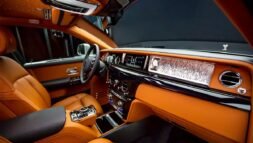

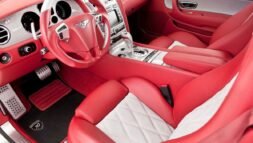

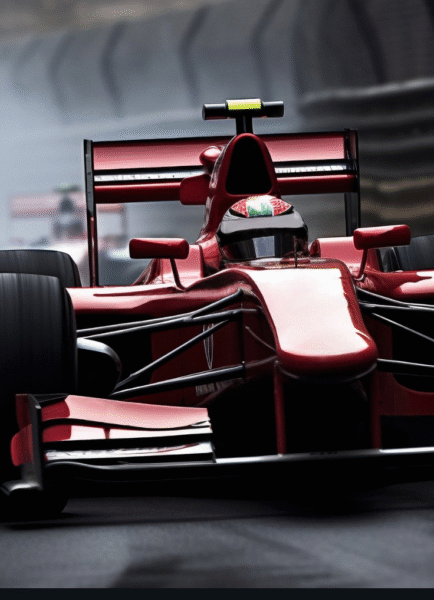



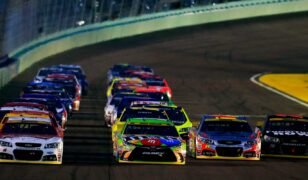
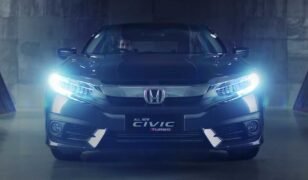

3 Comments